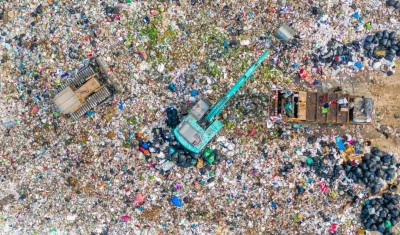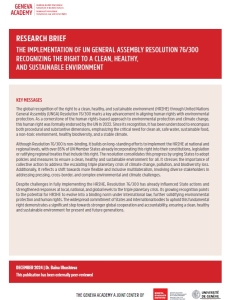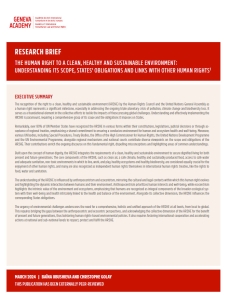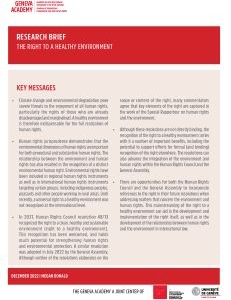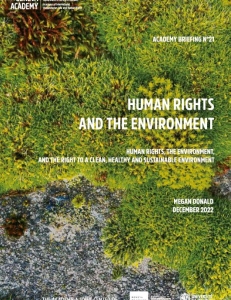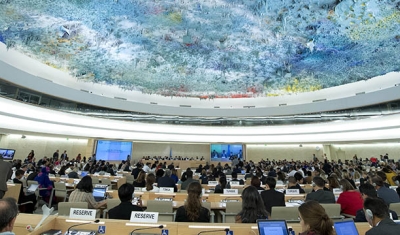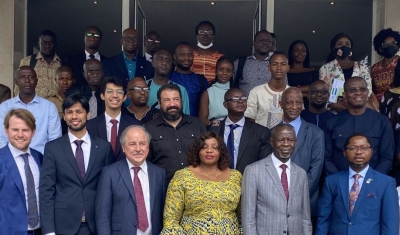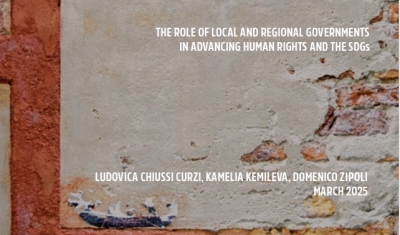Context
In 2021 and 2022, the United Nations (UN) Human Rights Council and UN General Assembly (UNGA) endorsed resolutions recognizing the human right to a clean, healthy and sustainable environment (R2HE). While broadly lauded as a breakthrough for environmental protection, experts remain divided on whether a non-binding resolution will be able to overcome a lack of consensus and vested interests within and between states or mark a critical step towards tighter environmental accountability and enforcement.
One point of agreement is that its implementation requires a clarified understanding of its content, related states ‘obligations, as well as its interconnection with other human rights, and that evidence is needed on how this soft-law instrument has been used to bring changes in national laws and policies.
Objectives
This project will start by clarifying the definition of the R2HE, its content – including substantive and procedural aspects –, related states’ obligations, as well as its interconnections with other human rights.
In a second phase, the research will address its implementation and how UNGA resolution A/76/300 that endorsed this right has led to changes in domestic laws and policies, has influenced court cases or has been referred to in decisions taken by regional and international human rights mechanisms.
Such insights will be instructive for policy-makers, development programming agencies, environmental advocates, civil society, tribunals, and experts, as well as regional and international human rights mechanisms.




